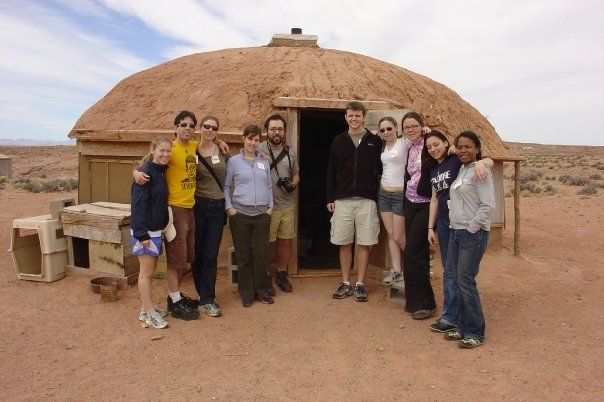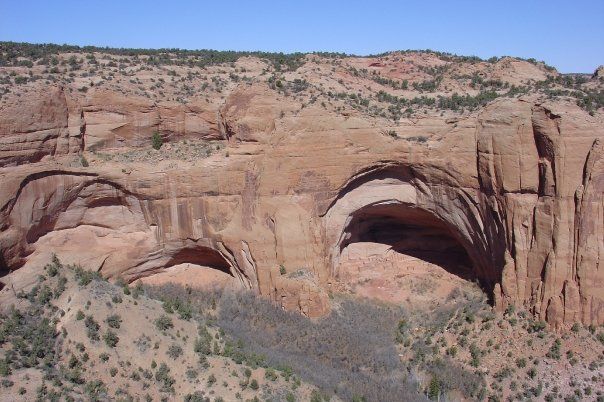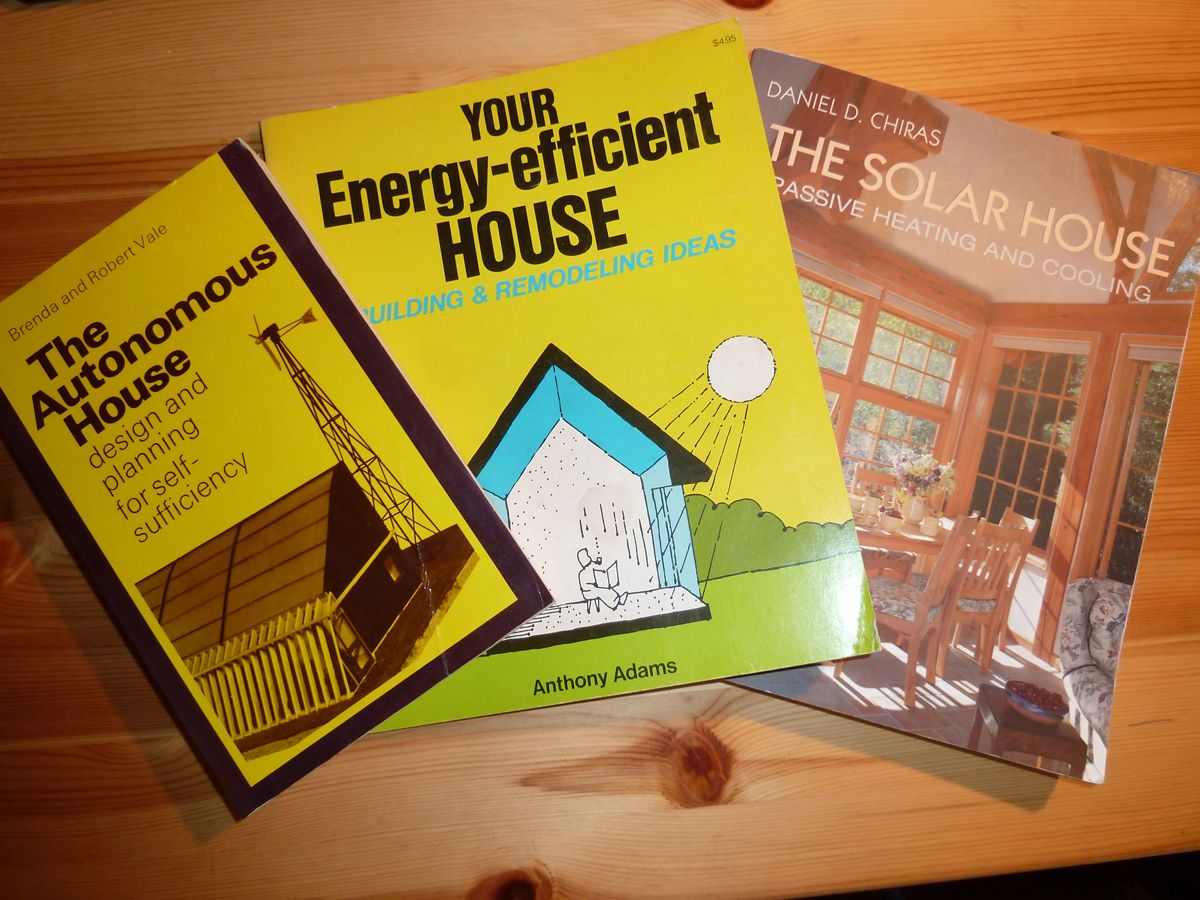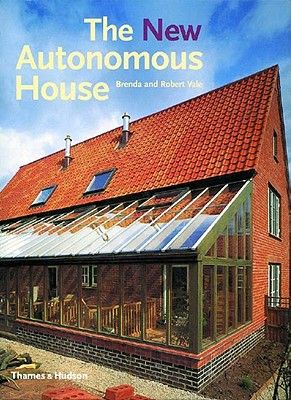
There was a time before the terms green building, passive solar, etc. were common idiom. Long before air-to-air heat pumps and other gizmos people recognized that paying attention to the sun’s path in the sky over the seasons made a lot of sense.
It is amazing how much warmer the side of a cliff (see Navajo National Monument photo) in full sun is compared to a cliff facing north barely 20 yards away. In the sun you are nice and warm while in the shade you are shivering. I experienced the same effect at Bandoliere National Monument and many other sites across the globe.
I was first introduced to this “modern building concept” for residential construction when I took a class on solar design at the Unversity of Vermont. We used Daniel Chiras great book The Passive Solar House for the class. When my mother-in-law leafed through the book she laughed. She looked through her bookshelves and gave me a book on this new fangled “passive solar home” concept that she had purchased in the early 70s when my in-laws were thinking of building a home not far from the home that we all occupy currently (more on that in another post).
It occured to me that this interest in passive solar homes is a lot like a fad diet. In that case, we know we need to be at a healthier weight to live well and enjoy life, but we try and take shortcuts that end up hurting our health in the end – who wants to eat celery all day afterall.
Similarly, we know we need to reduce our consumption of natural resources and use of polluting sources of energy, but instead of making smaller homes and paying attention to what and how we build, we use technology, like a fad diet, to squeeze an 8,000 sq. ft. goliath into a green dress (I may be taking this metaphor too far). This is a case where size does matter – see my previous post.
In any case, there are a variety of great articles on siting a house here on finehomebuilding.com here and at greenbuildingadvisor.com here and here. Here are some things I observed about our own process.
- We all know where South is right? Especially with a compass we can all orient ourselves to the South quite easily. Of course, most people know that true South and magnetic South are different depending on where you live in the US (see this magnetic declination map from NOAA).
- I really advise you to double check your true South bearing before you layout your foundation. We accidentally corrected in the wrong direction. We had wanted to site the house at 20 degrees of true South to maximize morning sun in the Winter. After miscorrecting, we ended up nearly 40 degrees from true South. We luckily caught the mistake before the footings were poured but after we had prepared the cellar hole. We ended up twisting the footing orientation within the house site (see photo).
- Be careful when you double check. When we asked a professional surveyor to come to sight to validate our new siting he couldn’t. The iron in the stone around the house site made it into a big iron pot. His old school equipment went haywire. He tried using a GPS device but didn’t get an accurate reading either. After two visits, he finally figured things out and we got the house reoriented to within 20 degrees of true South.
- Become friends with someone who owns a Solar Pathfinder, I would normally say buy a Solar Pathfinder because it is such a neat tool but I am trying to get over my new tool obsession. It really is amazing how long a shadow a tall tree can cast in the Winter. Or find someone who does solar analysis in your area and have them make you a report. Given how hard it is, though not impossible, to move a house once it’s constructed, it pays to spend this amount of money up front.
- If you have a lot of young trees on your site or in a neighboring site, it might be worth it to break out some trigonometry, a tape measure, and find the mature height of the trees. A good quick rule is to make sure a tree to the South is 2 and a half times its mature height away from the house to avoid shading in Winter. I am going to make sure to plant native trees, where needed, in order to help keep cooling/heating costs low and wildlife happy.
- In some cases, neighbors or town commissioners, may be willing to take down a tree that shades the best location for your house, if you donate trees to be planted in its place or pay them for their loss. If you explain why you are asking. If you replace the tree with another in the same spot, just make sure it won’t grow to be as tall. With towns there is usually a public comment period before such a request can be approved so plan ahead if possible to maximize the optimal location for passive solar gain.
- Take into account property lines if you plan another future structure, like a garage, near your home. Otherwise zoning ordinances may preclude you from building in the most convenient and logical area. Or worse yet the only place it will fit is due South of your home. There is a “green” development in my area where many of the houses are facing West (for the views) and the attached garages are facing South. I am pretty sure this was not due to zoning issues though.
Fine Homebuilding Recommended Products
Fine Homebuilding receives a commission for items purchased through links on this site, including Amazon Associates and other affiliate advertising programs.

Not So Big House

Get Your House Right: Architectural Elements to Use & Avoid

Pretty Good House


































